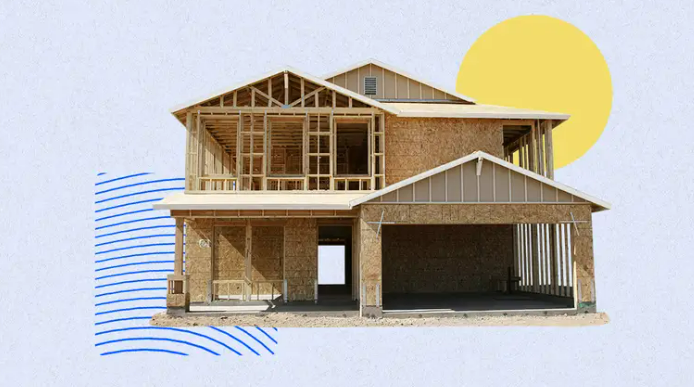Construction to Permanent Loans
Construction-to-permanent loans, also known as C-to-P loans or CP loans, are a unique financial product that combines the financing for the construction phase and the permanent mortgage into a single loan. This guide aims to provide a comprehensive overview of Construction-to-Permanent loans, covering key aspects, benefits, and the application process.
1. **Understanding Construction-to-Permanent Loans:**
– Definition: CP loans are designed to finance the construction of a new home that will eventually convert into a permanent mortgage once construction is complete.
– Two Phases: The loan has two phases – the construction phase, where funds are disbursed to cover building costs, and the permanent phase, where it transitions to a traditional mortgage.
2. **Key Features and Benefits:**
**Single Closing:** Unlike traditional construction loans, CP loans involve a single closing, saving time and closing costs.
– **Interest Rates:** Borrowers can often lock in a fixed interest rate during the construction phase, protecting against potential rate increases.
– **Flexibility:** CP loans offer flexibility in terms of construction timelines, allowing for delays or modifications to the original plan.
3. **Eligibility and Qualifications:**
**Builder Approval:** The chosen builder must be approved by the lender to ensure credibility and experience.
– **Credit and Financial Requirements:** Borrowers need to meet specific credit and financial criteria for approval.
4. **Application Process:**
– **Pre-Approval:**
Begin with pre-approval to determine the loan amount you qualify for.
– **Select a Builder:** Choose a reputable builder and gather necessary documentation, including building plans and cost estimates.
– **Loan Application:** Submit a formal loan application, providing details on the construction plan, budget, and builder information.
5. **Construction Phase:**
– **Loan Disbursement:**
Funds are disbursed in stages as construction progresses, ensuring that the builder has the necessary finances at each milestone.
– **Inspections:** Lenders may conduct periodic inspections to verify that construction aligns with the approved plans.
6. **Transition to Permanent Mortgage:**
– **Conversion Process:** Once construction is complete, the loan automatically converts to a permanent mortgage.
– **Adjustable or Fixed Rates:** Depending on the terms of the loan, borrowers may have the option to choose between adjustable or fixed interest rates.
7. **Potential Challenges and Risks:**
–
**Construction Delays:** Delays in construction can impact the financing, and borrowers should be prepared for unexpected setbacks.
– **Market Fluctuations:** Economic changes can influence interest rates, affecting the permanent mortgage terms.
8. **Conclusion:**Financial Planning:**
Construction-to-permanent loans provide a streamlined and efficient way to finance the construction of a new home. Proper financial planning and understanding the terms of the loan are crucial for a successful and stress-free experience.
Remember, it’s essential to consult with a financial advisor or mortgage specialist to assess your specific situation and determine if a Construction-to-Permanent loan is the right choice for you.

